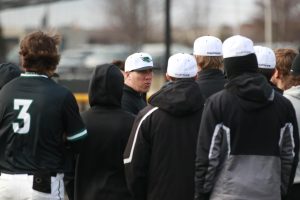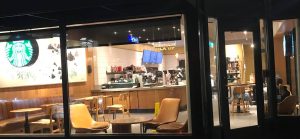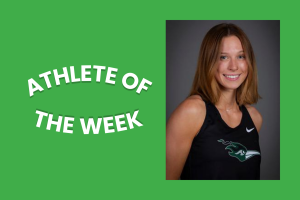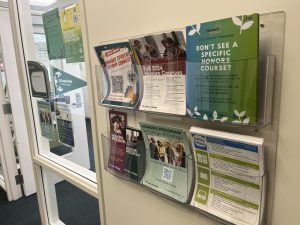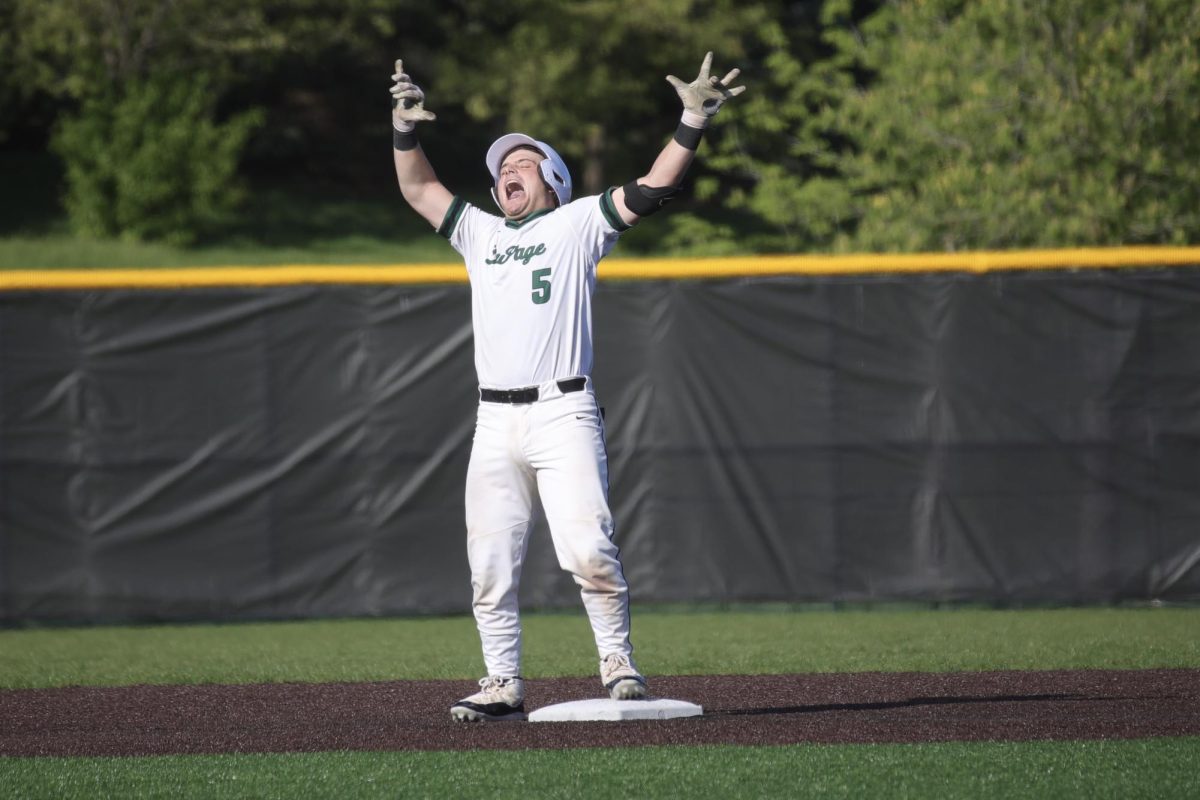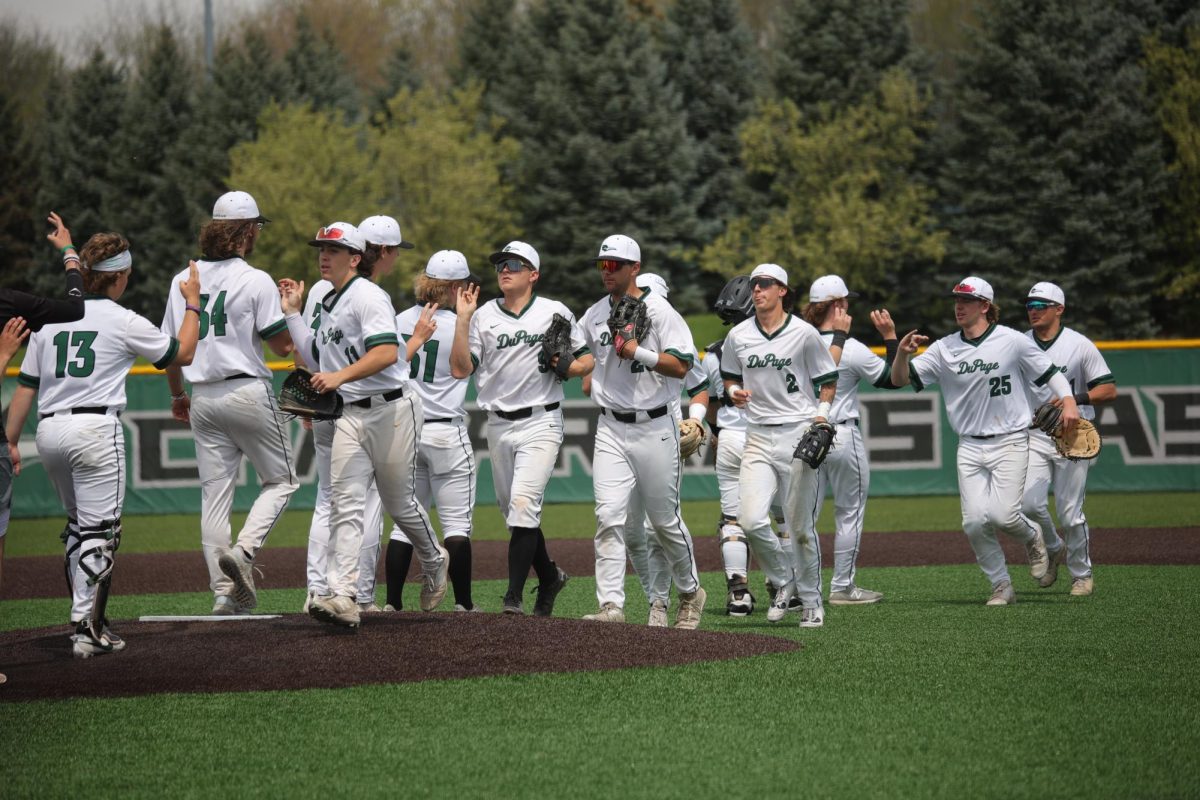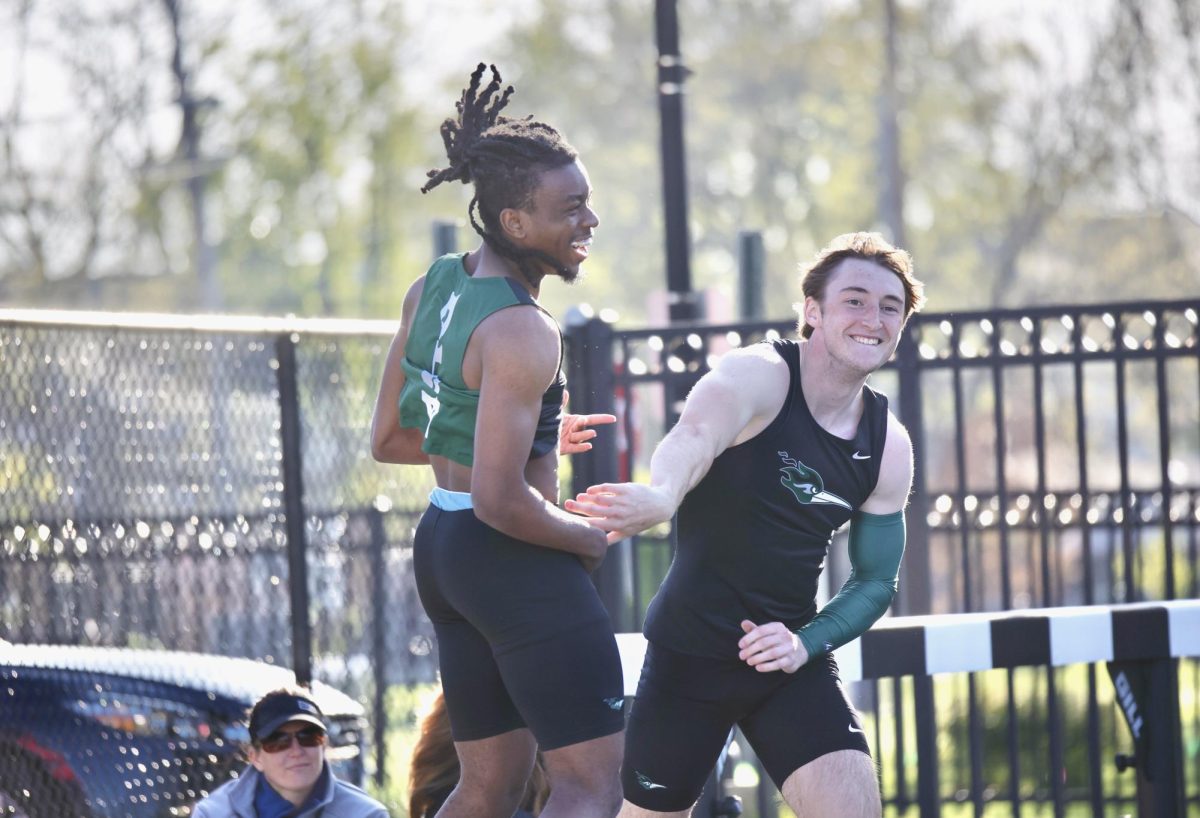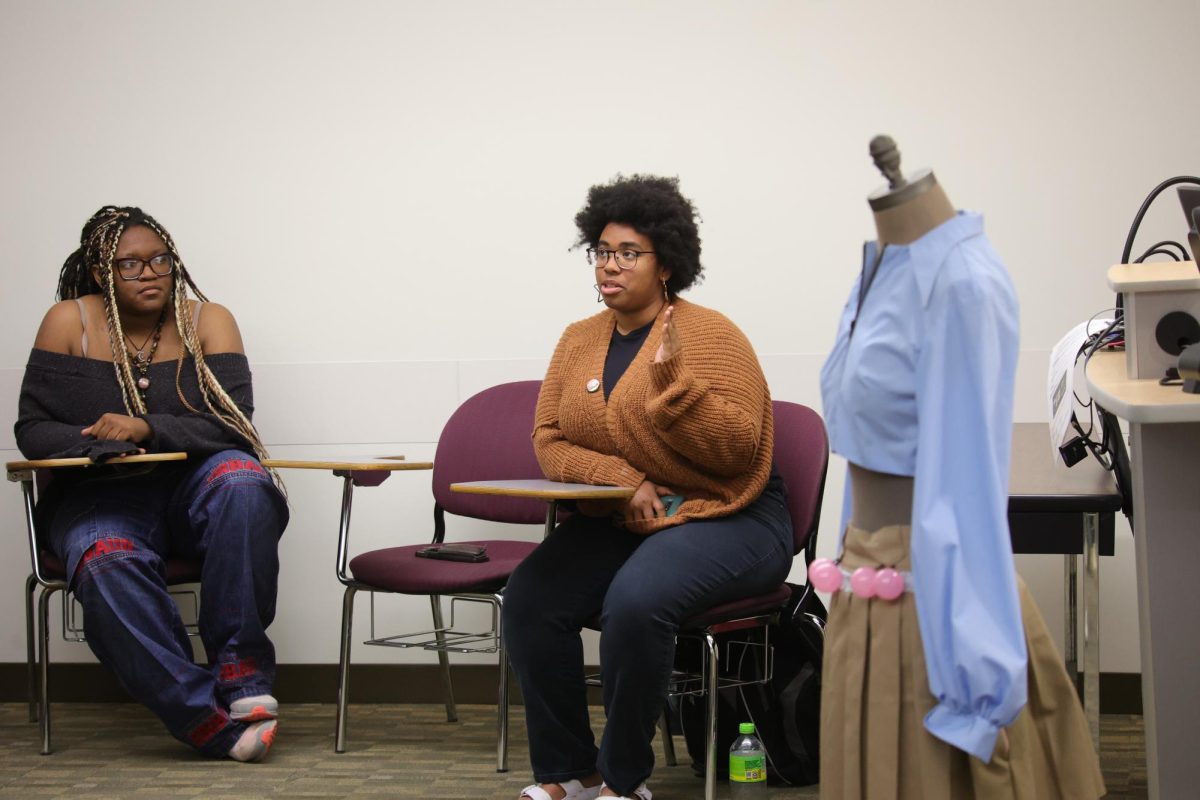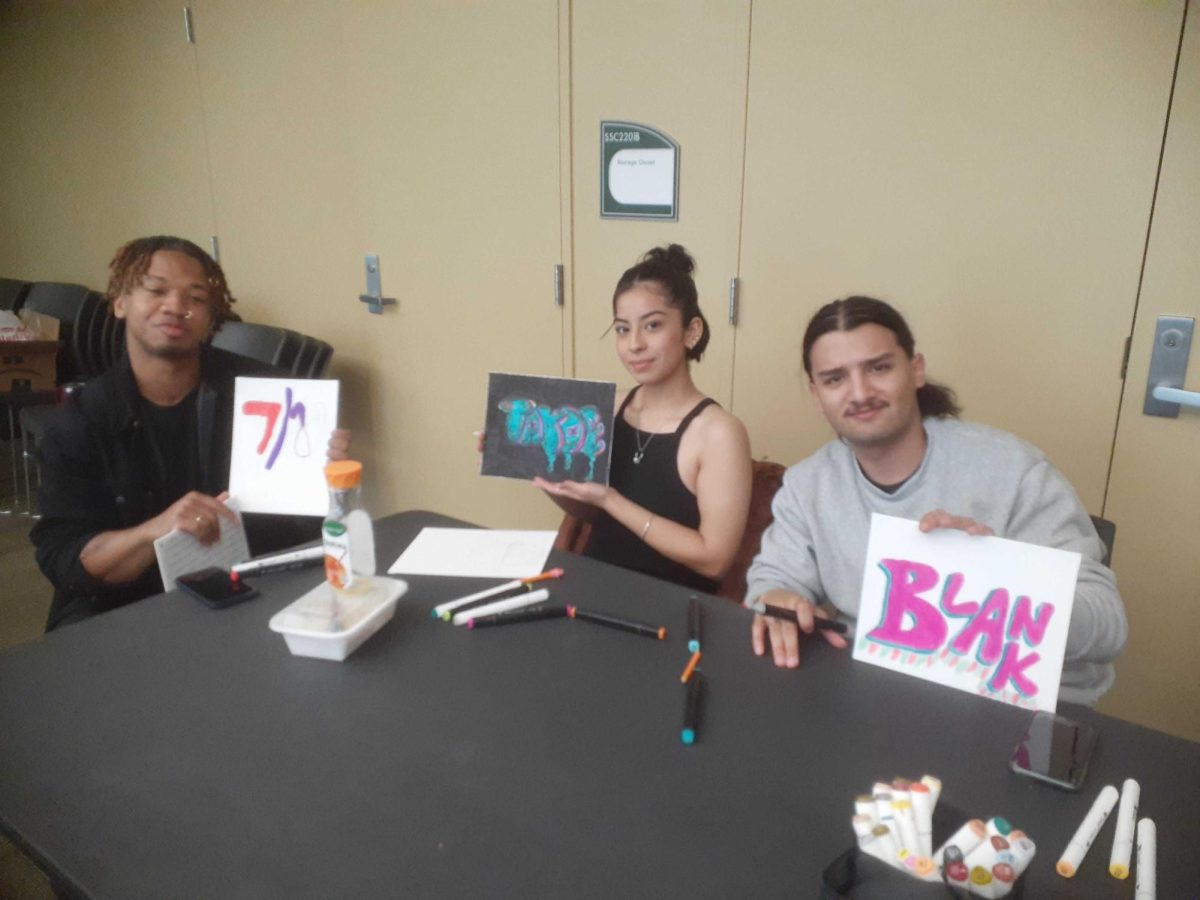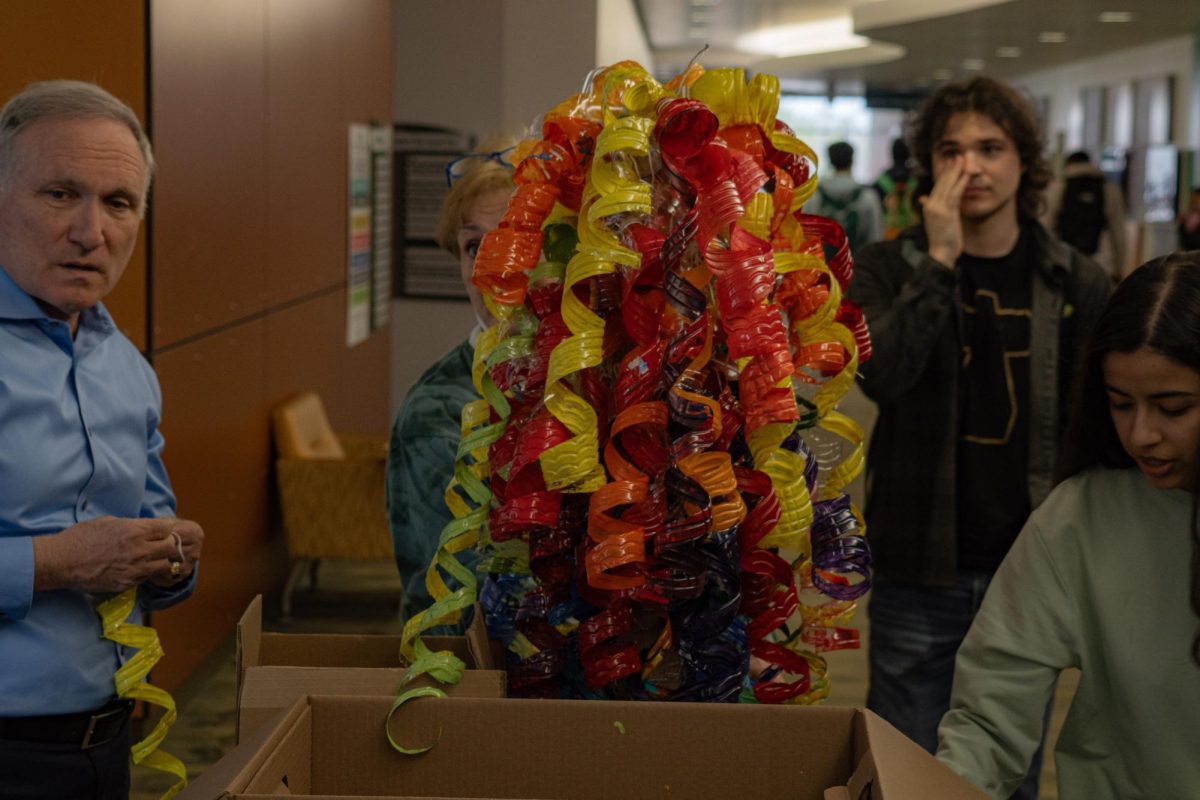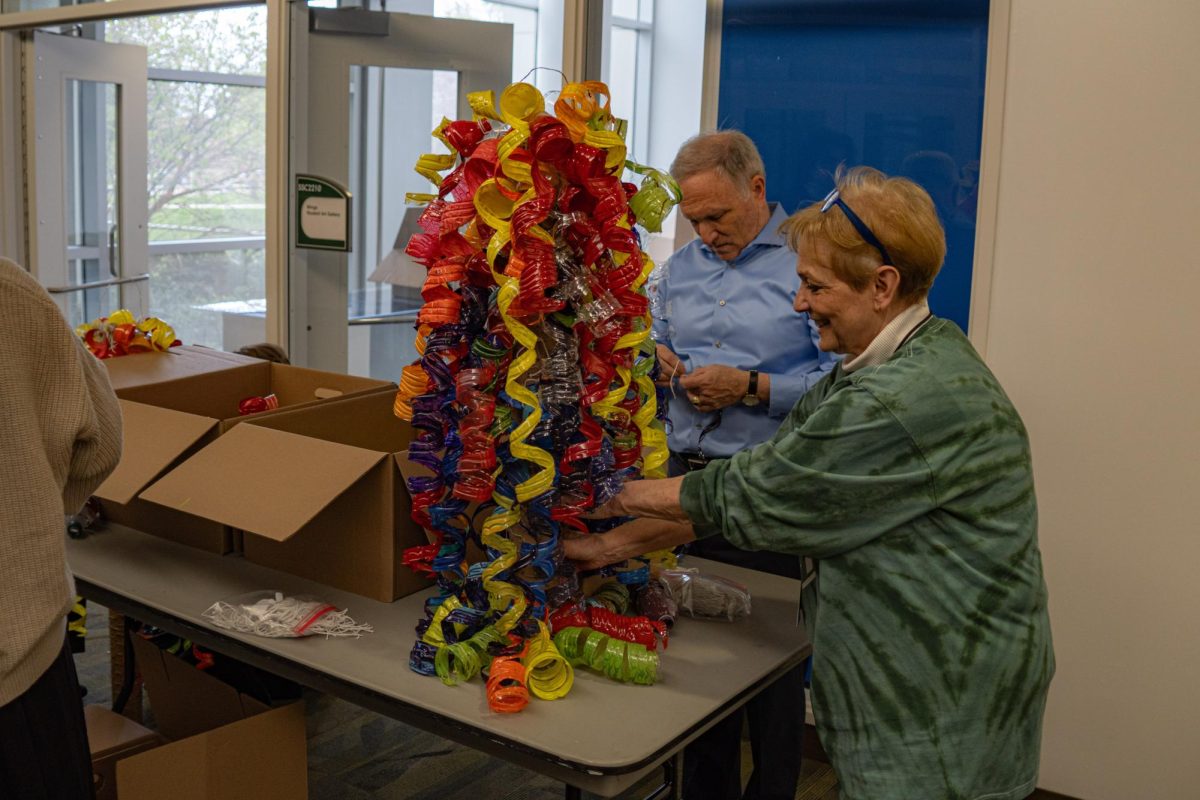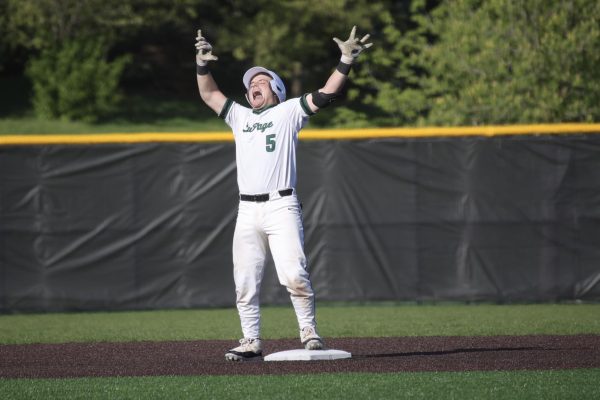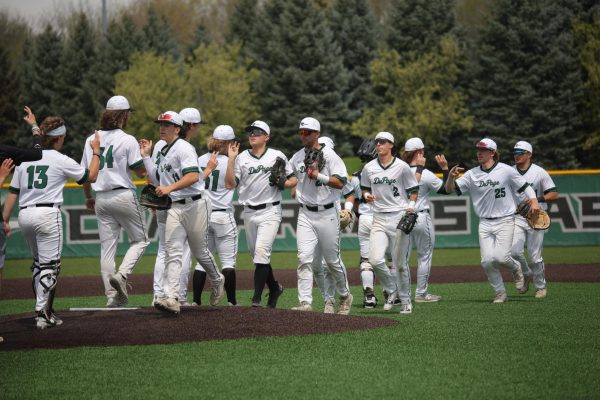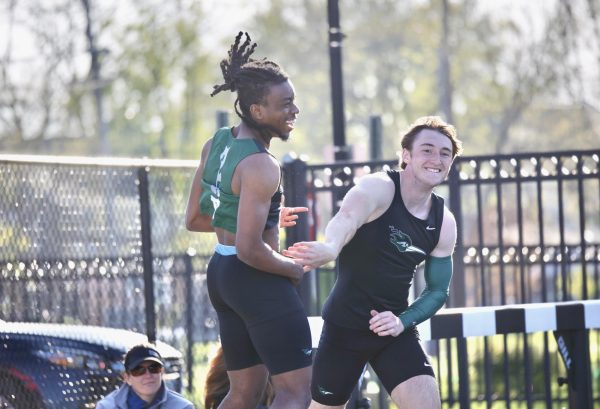Black in the Suburbs: A Story Not Told
From left to right: Jasmine Riggs, Channan Daniels, Ariel Poston, Taria Murphy, Regente Myers, Djimon Lewis, and Cory Davis
March 4, 2019
As Black History Month comes to an end, I felt drawn to talk about what it means to be black. If you’re black, you’re black all the time. Every day. Not just for 28 days of the year. Being a black man, I decided to sit with my colleagues to discuss exactly what it even means to be black in our society, in the suburbs, and within predominantly white institutions. A conversation with the Black Student Alliance (BSA) at COD resolved some of my questions.
“What does it mean to be black?” I asked.
“I think it means not forgetting where you come from because it’s so easy to feel outnumbered.” Jasmine Riggs, a member of the BSA says, “But, I think it’s just holding onto who you are.”
In a predominantly white institution, a struggle that black students face is the pressure to assimilate into white culture in order to be considered educated. In Dupage County, white americans make up more than 75% of the population. Being black and living in the suburbs, I found it hard to express my culture without receiving judgment from my white peers. The students also mentioned how in our society today, black men and women forget where they came from.
“I see a lot of black men and women with black fathers and mothers who want to live the European lifestyle,” Cory Davis, a member of the BSA said.
I brought up the concept of being “whitewashed,” in our institution.
“Some people say it is easier to find a black space in a Historically Black College and University,” Taria Murphy, Co-President of BSA said, “But, I personally believe you can find a black space wherever you go.”
She emphasizes being black is knowing that you are black, no matter the circumstances. But, for certain black people who grew up in predominantly white areas, they find it difficult to interact with other black people due to cultural differences. Some of the students in the discussion grew up in the south side of Chicago and moved to the suburbs at an early age. Djimon Lewis, co-president of BSA grew up going to a predominantly black christian school until the age of nine.
“Everybody was like each other. I didn’t have a concept of what it was like to feel different.” Lewis said.
He moved to the suburbs when he was in the fifth grade and went from being around black students to being only one of four black children in the school.
“Midway through the year, I was starting to feel different and the teachers started to treat me differently.” Lewis said.
Being an African American with darker pigmentation, he faced colorism and judgment from his black peers.
“There were social cliques. Everybody would say you’re black but your not light skin, cool and don’t dress nice.” Lewis said.
During field trips, he wasn’t allowed to sit with black people and his white peers made him question his own identity. I was intrigued by Lewis’s concept of how he internalized being black.
“To be black and conscious in America is to be in a conscious state of being pissed off and being okay with being pissed off” Lewis said.
Lewis believed that, when being treated as a second class citizen, it’s important that black people learn how to operate in white spaces while having barriers of racism, colorism, and stereotypes play a part in their education.
“It’s like we’re always getting looked down on, regardless of what we do,” Jeremiah McClendon, a member of BSA said. He explains how black people could be at the peak of their career but still looked down on by society. For him, it is a motivation.
“I remember in fifth grade being at a white institution, they would try to put me into a slower learning class,” Mcclendon said.
Due to the different curriculum from the inner city schools and suburban schools, he was being taken away from class and put into specialized groups that would help children who learned at a slower pace than their classmates. His tone suggested he was uncomfortable, and the pain of reliving these memories was palpable.
“Growing up knowing that I could be a CEO but still be looked down on because if he’s white and I’m black, he’s a better CEO than me,” Mcclendon said, “It happens so much that I can’t hate anyone, I don’t fault anyone because it’s life.”
Other students related to his story, making note of how different inner city schools are from suburban schools despite being a 30-minute drive apart. Davis brought up the difference in extracurricular activities from inner city and suburban schools. He described how going to events, the white kids would have new and clean uniforms while theirs were dingy and worn out.
“We would be invited to big events and we would be around white people and they would keep eyeing us, waiting for us do to something bad,” Davis said.
Black women are faced with more challenges. In society, black women are seen as recalcitrant, loud, and–most of all–angry. In white institutions, black women are held to a higher standard than black men. Co-President Taria Murphy has faced limitations and she battles with the stigma surrounding the “typical black female” in american society. Murphy has dealt with this in her role as a BSA leader. When she attended a reception with her co-president, she was struck by a comment that was made.
“The first thing a black woman asked was if I was the vice president,” Murphy said.
Murphy corrected her and stated that she was the co-president.
“For me it was it was the interaction of, why would she assume that I was a vice president…when I told my peers, they didn’t understand because it was a black woman problem,” Murphy said. “When there is a black woman in power, people feel that in order for me to be in power I have to diminish you.”
Hearing other black women tell their experience, they emphasized how tough it is to be vulnerable and show emotion without being silenced by society.
“I’m not used to exercising my voice. I had to learn to be more powerful,” Murphy said. “It’s hard for black women to feel that because people tell us that we shouldn’t.”
At school, Murphy found it hard to express herself because people would assume she was an angry black woman.
“Maybe it’s the way my tone is or how my body sways when I get passionate about something, but I can’t really express how I want to because I’m afraid how other people will view me as a black woman,” Murphy said.
In order to show white people they are able to do the just as much, if not more, black women feel they have to work 10 times harder. At College of DuPage, the Black Student Alliance feels the school could be doing more for minorities.
“I think they are doing something, but I don’t know if it is enough,” Lewis said.
Murphy attended a meeting when they were planning events for black history month. Murphy and other students all shared their opinions.
“I said, you have to make more it interesting and engaging with the students,” Murphy said “A lot of students don’t know what we’re doing. It’s gonna take more than a computer screen.”
Lewis stresses the importance of this month and the lack of support they have after the month is over.
“Whatever else happens to the club after is on us, this is all they are giving us.” Lewis said.
Talking to the past presidents of the BSA, Murphy was asked what COD can do to engage more African American students.
“It takes more than a black history month for [COD] to show [its] support for us,” Murphy said. “What will [COD] do for the rest of the month to show that we belong?”
Murphy has seen incidents where black culture at COD was asked to be toned down during the month. She, along with others, questions why they have to be limited in how they show the school what black culture is.
“You need more than one month to show your solidarity,” Murphy said.



